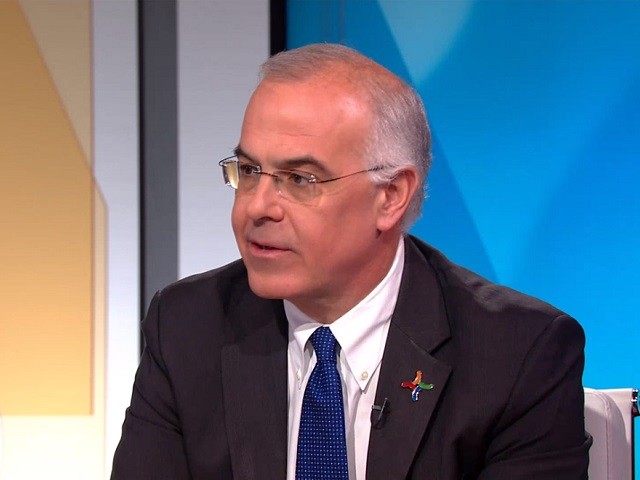On a recent episode of “PBS NewsHour,” New York Times columnist David Brooks offered his perspectives on the potential confirmation of Kash Patel as the director of the FBI. Brooks expressed a belief that Patel would indeed be confirmed by the Senate, but he also raised questions regarding the efficacy of Patel and other incoming leaders within a bureaucratic system known for its inertia. He recounted a conversation with a former president who shared insights about the challenges of governance, particularly the tendency for mandates to go unheeded, giving rise to a sense of frustration characterized by passive-aggressive behavior in government.
Brooks highlighted his skepticism about the practical changes Patel might implement within the FBI, referencing Patel’s ambitious goal of dismantling the FBI headquarters immediately upon taking office. This raises the question of whether such a drastic initiative is realistically feasible given the entrenched nature of governmental bureaucracies. The notion that leaders may possess the authority to initiate change, yet find themselves thwarted by institutional resistance and procedural roadblocks, is central to Brooks’ argument about the difficulties encountered by executive leaders in realizing their visions.
The expectation around Patel’s leadership brings to light broader themes related to agency dynamics and the often unpredictable responses of civil service organizations when confronted with new leadership. Brooks conveyed an intense curiosity about how these dynamics might play out under Patel’s direction, considering that the FBI and similar agencies operate with a significant degree of autonomy. This suggests that even strong political appointments can face challenges when attempting to enact sweeping reforms or streamline operations.
Brooks’ commentary reflects a nuanced understanding of the complexities within government institutions, where the interplay of leadership, agency structure, and bureaucratic inertia often shapes outcomes. He implied that while Patel may have the political backing necessary for confirmation, the reality of leading a large, established institution like the FBI would likely prove to be much more difficult than anticipated. The implications of this difficulty extend not only to Patel but also to other leaders who may share similar ambitions.
As the dialogue around Patel unfolds, it encourages a reevaluation of how government processes operate and the expectations surrounding new appointments. Brooks’ insights serve as a reminder that the potential for change within government agencies is often hindered by systemic behaviors which may resist or slow down the implementation of new policies or directions. This raises important questions about the intersection of political will and bureaucratic reality, compelling observers to consider the factors that truly drive change within public institutions.
Overall, Brooks’ analysis underscores the importance of understanding the limitations that accompany leadership within bureaucracies. As various stakeholders, including the Senate and the public, watch how Patel’s tenure may evolve, his experiences could offer critical lessons about the interaction between leadership initiatives and the often resistant culture of government agencies. These reflections are crucial as the nation contemplates the future trajectory of key institutions like the FBI and the leaders chosen to guide them.

